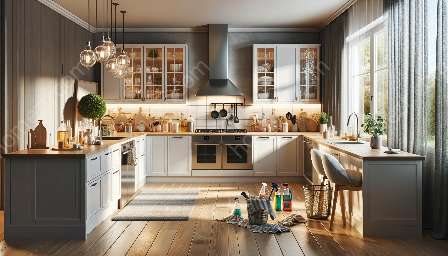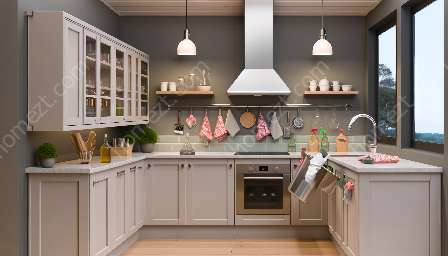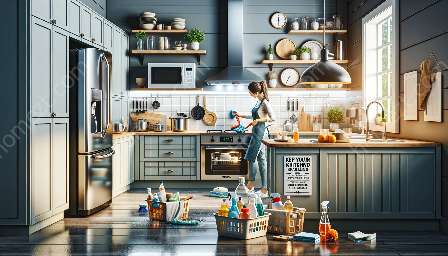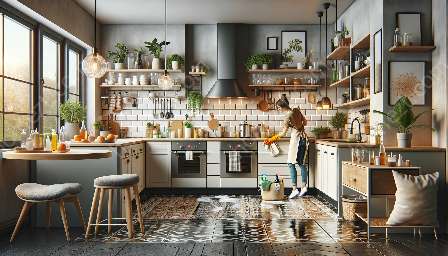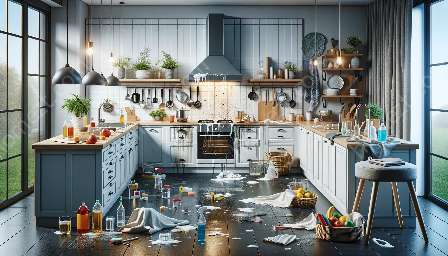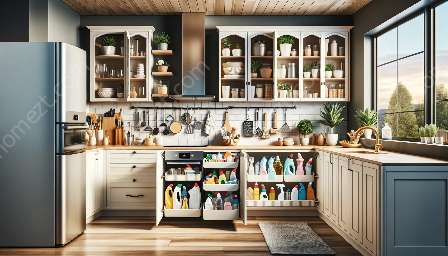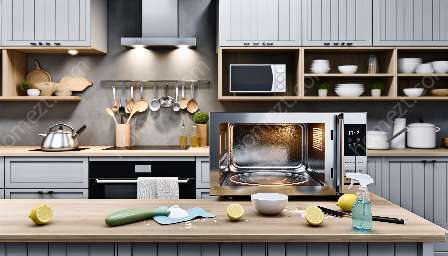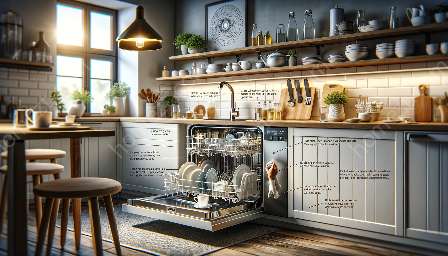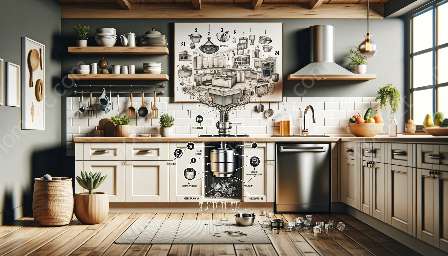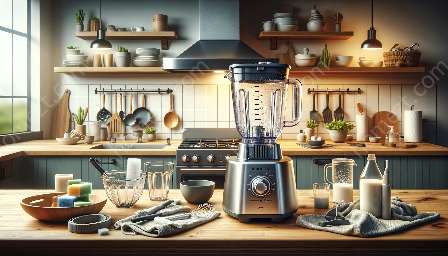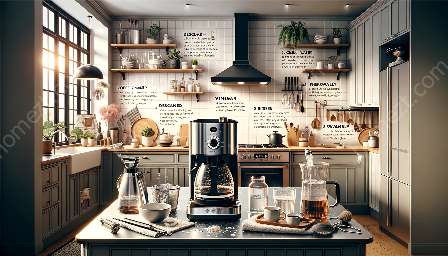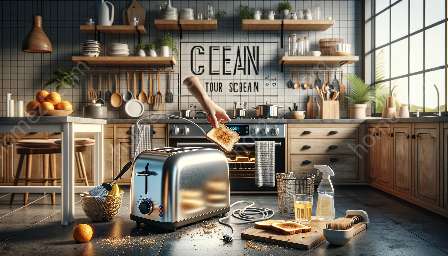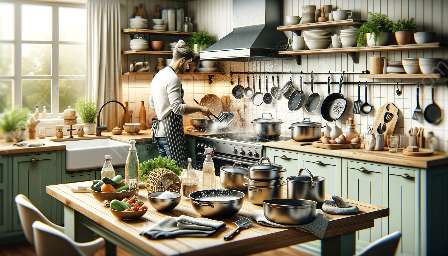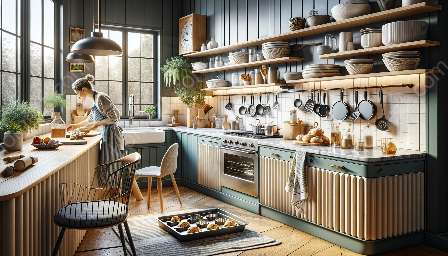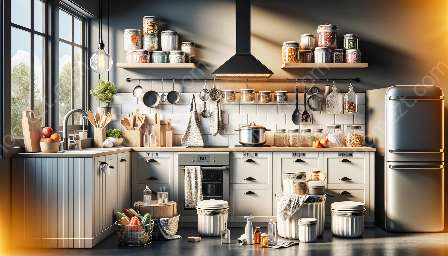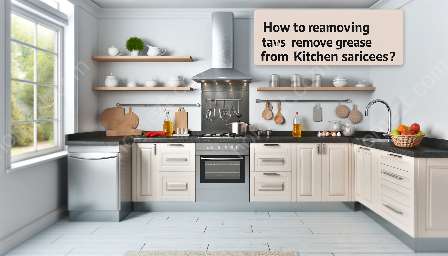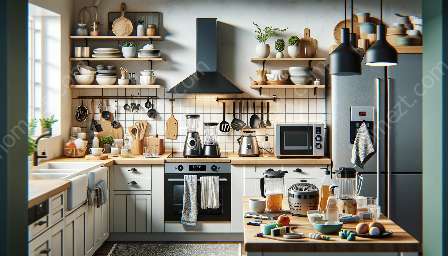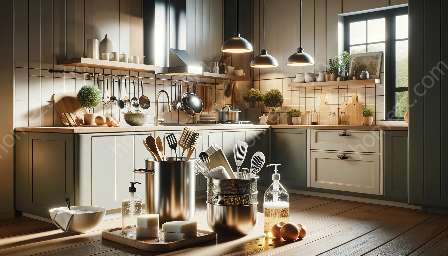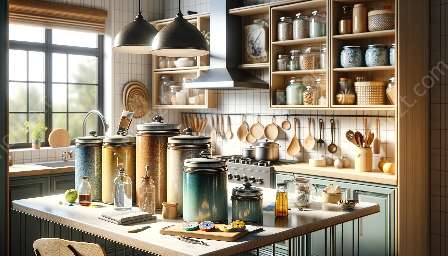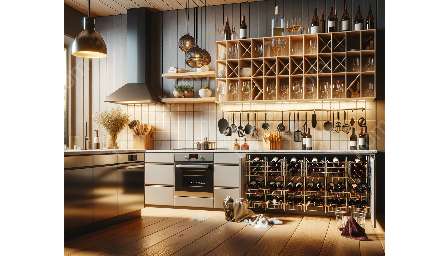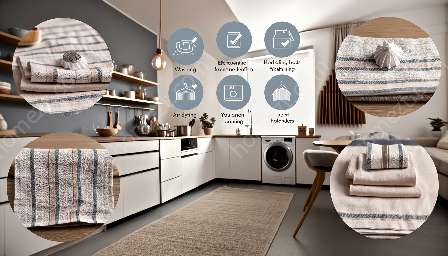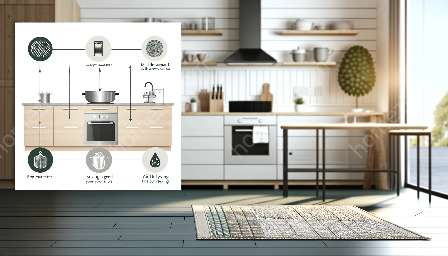Keeping your kitchen floors clean is a crucial part of maintaining a healthy and attractive home environment. With the frequent use and foot traffic, kitchen floors can accumulate dirt, grime, and food spills, making them breeding grounds for bacteria and germs. In this guide, we will explore various methods and techniques to effectively clean kitchen floors, ensuring a sparkling and safe space for your family.
The Importance of Kitchen Cleaning
Before diving into the specifics of cleaning kitchen floors, it's essential to understand the broader significance of maintaining a clean and hygienic kitchen. The kitchen is the heart of the home, where meals are prepared, and families gather to share food and create lasting memories. However, it is also a space where bacteria and pathogens can thrive if proper cleaning and hygiene practices are not followed. By regularly cleaning your kitchen, including the floors, you can reduce the risk of foodborne illnesses, safeguard your family's health, and create a welcoming environment for everyone to enjoy.
Understanding Different Types of Kitchen Floors
Kitchen floors come in various materials, each requiring specific care and cleaning methods. Common types of kitchen flooring include tile, hardwood, laminate, vinyl, and linoleum. It's essential to identify the type of flooring in your kitchen before deciding on the most suitable cleaning approach. Different materials may react differently to cleaning agents and techniques, so understanding the specifics of your kitchen floor is crucial for achieving optimal results.
General Cleaning Guidelines for All Kitchen Floors
No matter the type of flooring in your kitchen, there are some general cleaning guidelines that apply to all. These include:
- Sweep or vacuum regularly: Remove loose dirt, crumbs, and debris from the floor surface to prevent scratching and soiling.
- Wipe up spills promptly: Accidents happen, and spills are inevitable in the kitchen. By promptly cleaning up spills, you can prevent stains and avoid potential slip hazards.
- Use doormats at entryways: Placing doormats at the entrances to your kitchen can help trap dirt and prevent it from spreading onto the floors.
- Avoid abrasive cleaners: Harsh or abrasive cleaning agents can damage certain types of flooring. Always use appropriate cleaners recommended for your specific floor material.
- Employ gentle cleaning techniques: When scrubbing or mopping, use gentle and non-abrasive techniques to avoid causing damage to the floor surface.
Cleaning Specific Types of Kitchen Floors
Cleaning Tile Floors
Tile floors are a popular choice for kitchens due to their durability and ease of maintenance. To clean tile floors:
- Start by sweeping or vacuuming to remove loose dirt and debris.
- Mix a mild detergent with warm water and use a mop to clean the tiles.
- Rinse the floor thoroughly with clean water to remove any soap residue.
- Dry the floor with a clean cloth or towel to prevent streaking.
Cleaning Hardwood Floors
Hardwood floors add warmth and elegance to a kitchen space, but they require special care to maintain their beauty. To clean hardwood floors:
- Avoid excess water: Hardwood floors are sensitive to moisture, so use a damp mop rather than a wet one.
- Use a hardwood floor cleaner: Look for cleaners specifically formulated for hardwood floors, and avoid using harsh chemicals or abrasive tools.
- Regularly polish and protect: Applying a protective finish or wax can help maintain the luster and protect the wood from stains and wear.
Cleaning Laminate, Vinyl, and Linoleum Floors
These types of floors are known for their resilience and easy maintenance. To clean laminate, vinyl, and linoleum floors:
- Sweep or vacuum to remove loose dirt and debris.
- Mix a mild cleaner with warm water and use a sponge or mop to clean the floors.
- Avoid excess moisture: Wring the mop thoroughly to prevent excess water from seeping into the seams of the flooring.
- Dry the floor with a cloth or towel to remove any residual moisture.
Preventing Future Buildup and Maintenance Tips
Besides regular cleaning, there are additional steps you can take to maintain the cleanliness and condition of your kitchen floors. These include:
- Use rugs or mats in high-traffic areas to minimize wear and dirt accumulation.
- Apply sealant or protective coatings to prolong the lifespan of your flooring and make cleaning easier.
- Establish a routine maintenance schedule for deeper cleaning and maintenance based on your specific floor type.
Conclusion
By following the tips and techniques outlined in this guide, you can keep your kitchen floors clean, safe, and aesthetically pleasing. Regular maintenance and proper cleaning practices not only enhance the appearance of your kitchen but also contribute to a healthier living environment for you and your family. Embracing a comprehensive approach to kitchen cleaning, including the meticulous care of your kitchen floors, is a fundamental aspect of creating a welcoming and hygienic kitchen and dining area for all to enjoy.


